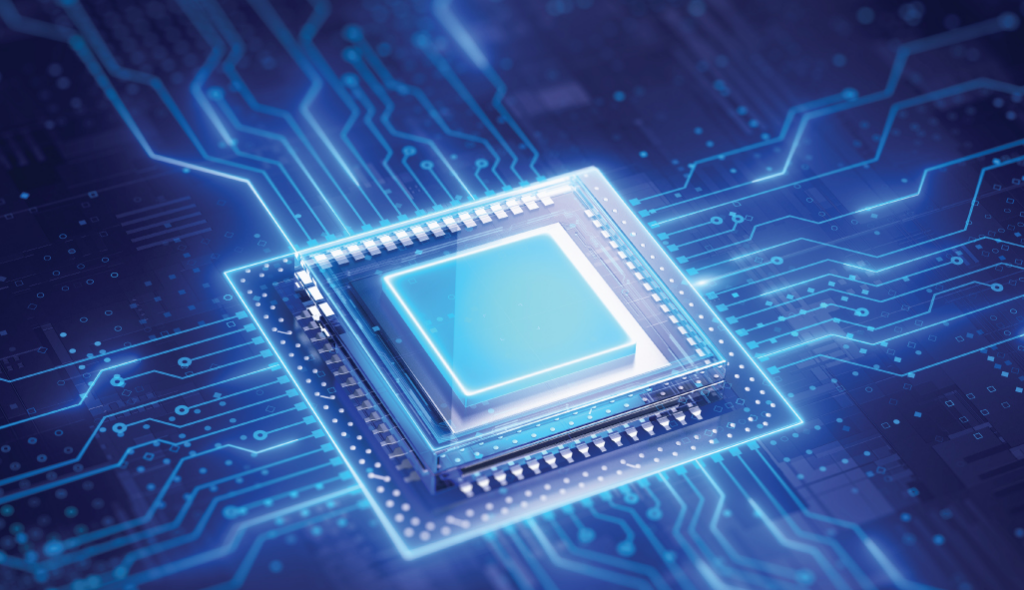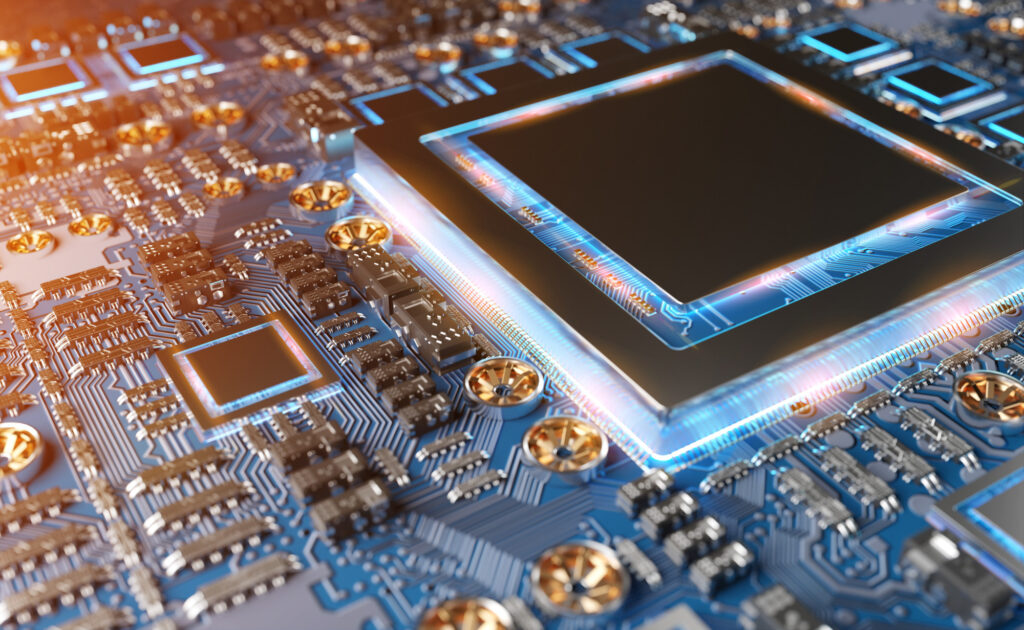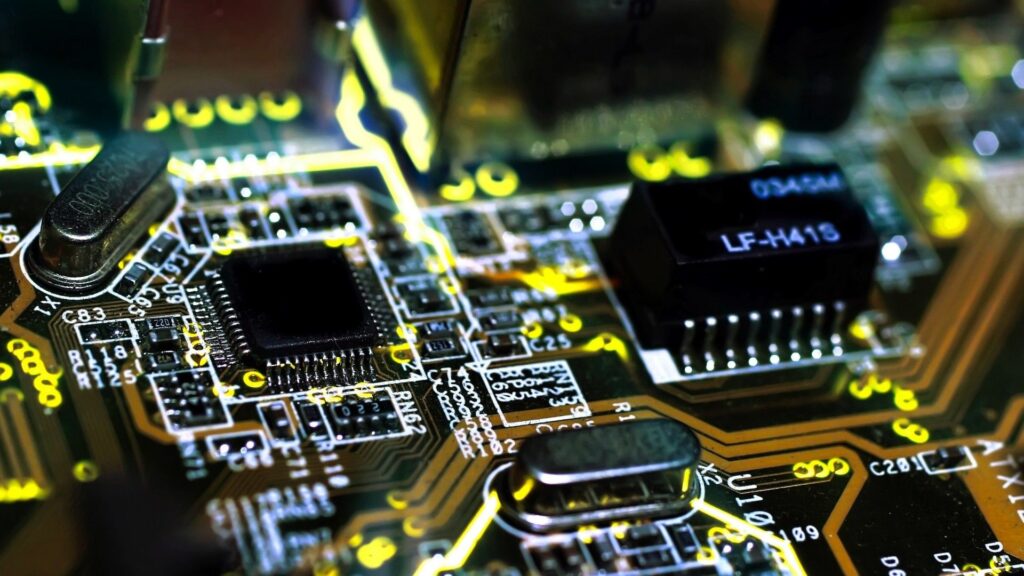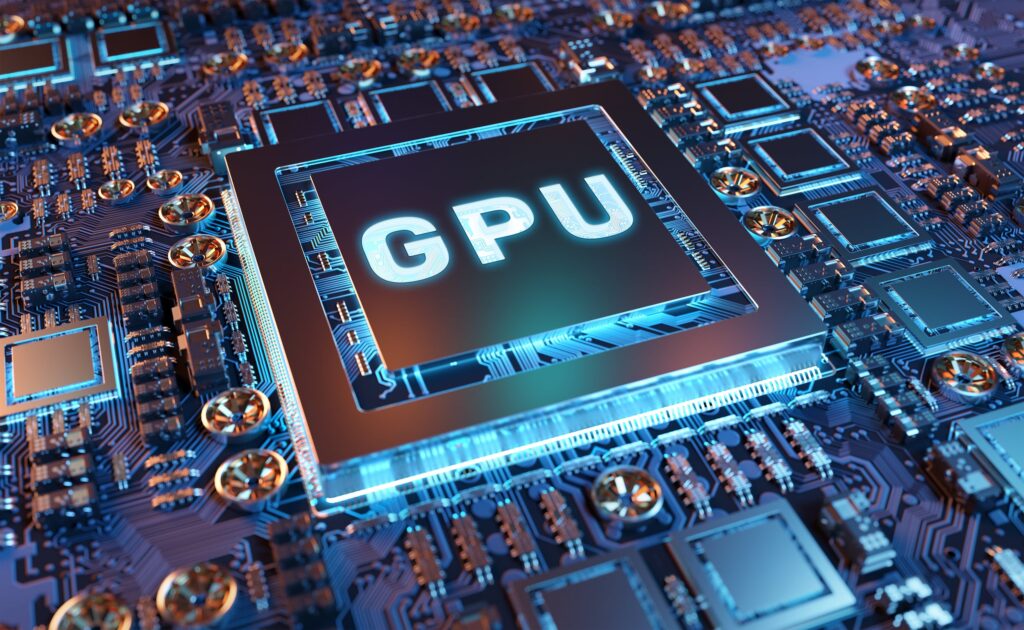A motherboard is the primary circuit board of a computer. It is also known as the mainboard or logic board. The motherboard connects all the parts of a computer together. It is responsible for communication between the CPU, RAM, and other components. If your motherboard starts to fail, it can be difficult to tell at first. However, there are some warning signs you can look out for that indicate your motherboard needs replacing. In this blog post, we will go over how to know if your motherboard needs replacing and what to do about it.
The Motherboard is the Heart of the Computer

Source:youtube.com
Most people don’t give their motherboard a second thought – until it starts acting up. Then, they realize that the motherboard is the heart of their computer. So, how do you know if you need motherboard repair?
There are a few tell-tale signs that your motherboard might be on its last legs:
– Random crashes or freezes: If your computer suddenly starts crashing or freezing, it could be a sign that your motherboard is failing. Keep an eye out for these issues, and if they start happening more frequently, it’s time to start thinking about replacing your motherboard.
– Inability to boot up: If your computer won’t even turn on, that’s a pretty good indication that something is wrong with your motherboard. Try troubleshooting other components first (like your power supply), but if everything else seems to be working fine, it’s likely that your motherboard is the issue.
– Strange noises: If you start hearing strange noises coming from your computer (particularly buzzing or grinding sounds), it could be indicative of a problem with your motherboard. Again, try troubleshooting other components first, but if the noise persists, it’s probably time to get a new motherboard.
If you’re experiencing any of these issues, it’s definitely time to start shopping for a new motherboard. But how do you know which one to choose? That’s where experts come in. They can help you find the perfect replacement for your failed or failing motherboard.
Why Do Motherboards Fail?

Source:techvilleonline.com
There are a few reasons that motherboards fail. The most common is due to a malfunctioning component on the motherboard, which can cause it to short circuit. Other causes include physical damage, such as from a power surge or water damage, and corrosion.
Another reason for motherboard failure is due to BIOS corruption. This can happen if the BIOS becomes corrupted or if the settings are incorrect. If the BIOS is corrupt, it may not be able to properly boot up the computer or recognize all of the hardware.
Overheating can also cause motherboards to fail. If the motherboard gets too hot, it can warp or melt the components. This is why it’s important to make sure there is good airflow around the computer and that it isn’t located in an area where it will get too hot, such as near a radiator or in direct sunlight.
How to Know if Your Motherboard Needs Replacing?
– Your computer won’t power on.
– Your computer powers on but doesn’t boot up.
– You hear beeps from your computer when you turn it on.
– Your screen is displaying strange artifacts or characters.
– Your computer freezes or crashes randomly.
If you’re experiencing any of these issues, it’s best to take your computer to a qualified technician to have it diagnosed. They will be able to tell you for sure whether or not your motherboard needs replacing.
The Signs that Your Motherboard is Failing

Source:forum.corsair.com
Your motherboard is the most important component of your computer, so it’s important to know the signs that it may be failing. There are a few key signs that you should be aware of:
- Your computer is randomly crashing or restarting. This is often a sign that your motherboard is failing.
- You’re seeing blue screens of death more frequently. This is another common sign that your motherboard is on its way out.
- Your computer is taking longer to boot up than it used to. This can be caused by a number of things, but if you suspect your motherboard is to blame, it’s worth getting it checked out.
- You’re starting to see artifacts on your screen when you’re using your computer. This can be another symptom of a dying motherboard.
- Your computer is making strange noises. If you hear any unusual noises coming from your computer, it’s worth investigating to see if your motherboard is the cause.
How to Replace Your Motherboard?

Source:docker.com
If your motherboard is starting to show its age, or if you’re having persistent problems with it, you may be wondering if it’s time to replace it. Here’s a guide to help you make that decision.
– First, consider the age of your motherboard. If it’s more than five years old, it’s probably time for an upgrade. Technology changes rapidly, and your old motherboard may not be able to keep up with newer components.
– Second, take a look at your system’s performance. If you’re noticing a significant slowdown in speed or other issues, your motherboard could be the culprit.
– Third, check for physical damage. If your motherboard has been damaged by water or heat, it’s likely time for a replacement.
– Finally, consult with a professional. If you’re not sure whether or not your motherboard needs replacing, it’s always best to consult with a computer technician who can diagnose the problem and offer advice on the best course of action.
Wrapping Up
If you’re unsure whether or not your motherboard needs replacing, there are a few key indicators to look out for. First and foremost, if your computer is having difficulty booting up or regularly crashing, this is a sign that something is wrong with the motherboard. Additionally, if you’re experiencing randomly slow performance or strange graphical glitches, these could also be signs that it’s time for a new motherboard. Of course, if you’re still under warranty, it’s always best to consult with the manufacturer before taking any drastic measures. But if you’re out of warranty and experiencing any of the above issues, it’s likely time to start shopping for a new motherboard.
